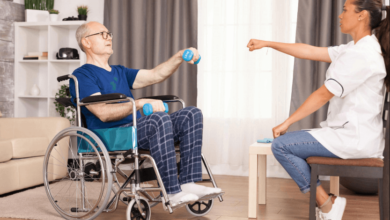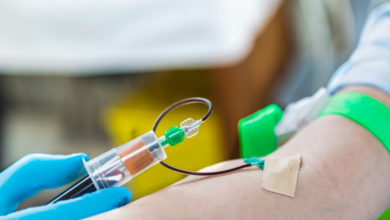5 Ways to Improve Biomedical Training with Multi-Parameter Simulators

Introduction
Training biomedical engineers and clinical staff requires realistic, reliable tools. Multi-parameter simulators have become the gold standard for education, offering flexibility and cost savings while providing accurate, hands-on experiences.
Devices like the SimSlim® and EasySim® allow educators to replicate complex patient conditions across multiple vital signs in one compact unit.
1. Cover More Parameters in One Device
Multi-parameter simulators combine ECG, respiration, arrhythmias, IBP, and temperature into one unit. Instead of needing several devices, educators can train students with a single tool.
2. Improve Hands-On Learning
Students learn best by doing. Simulators provide real-time feedback, helping learners understand how devices respond to different conditions.
3. Standardize Training Programs
Using the same simulator across all sessions ensures consistency in training outcomes. No more variation from using outdated or mismatched equipment.
4. Save on Equipment Costs
One simulator replaces multiple dedicated training tools, making it cost-effective for schools, hospitals, and clinical programs.
5. Train Anywhere
Compact and portable, these simulators can be used in classrooms, labs, or even on hospital floors. Kits like the BMET PACK PRO make mobility even easier.
Case Example: Nursing Education Program
A nursing school integrated EasySim® into its training curriculum. Instead of relying on mannequins that required expensive maintenance, they used EasySim® to simulate multiple conditions. Students gained confidence while the school saved thousands in training costs.
Best Practices for Educators
- Combine simulator training with real equipment whenever possible.
- Regularly update scenarios to reflect current hospital practices.
- Provide students with time for independent exploration of simulator features.
Frequently Asked Questions (FAQ)
Q: Do multi-parameter simulators require special training for instructors?
A: No. Devices like EasySim® are designed with intuitive interfaces for quick adoption.
Q: Can one simulator be shared by multiple students at once?
A: Yes, especially in classroom settings where instructors guide demonstrations.
Q: How durable are portable simulators?
A: Devices like SimSlim® undergo rigorous testing, including drop tests, to ensure long-lasting durability.
Conclusion
Multi-parameter simulators are not just educational tools—they’re investments in future-ready training. By using devices like the SimSlim® and EasySim®, educators can provide immersive, consistent, and cost-effective training experiences.
The result? Students graduate better prepared, biomedical engineers stay sharp, and hospitals benefit from a workforce ready to meet today’s challenges.





